Best Sellers
Styylish History
Art Deco Furniture in America
Art Deco Furniture & Design in America
As an early international style, Art Deco became the predominant design of choice for most of the world. Art Deco furniture developed unique characteristics across countries but still shared similarities.
From the start, no one knew what to call it. People referred to it as Moderne, Jazz Moderne, Zig-Zag Moderne, and more.
“Art Deco” was coined in 1968 by an English art critic and historian named Bevis Hillier.
Despite initial criticism, it became one of the most influential art movements in the world.
As the Art Nouveau movement progressed, trends shifted from flowing, ornate embellishment to Art Deco’s clear-cut lines and simplicity.
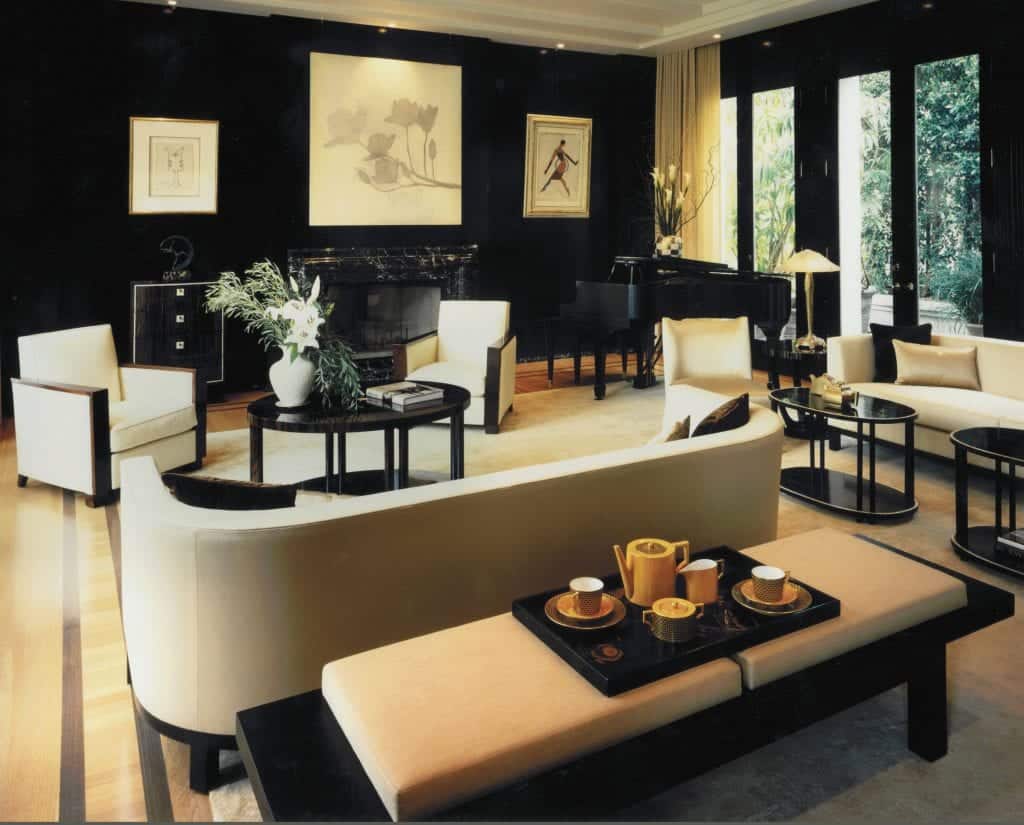
Art Deco debuted in 1925 at the Exposition Internationale des Art Decoratifs et Industriels in Paris. American designers did not participate since the ongoing modernist movement in Europe had little to do with U.S. domestic design.
However, within just a few years, it became the defining style in American architecture, decorative arts, household items, fashion, and more.
This style became a popular interior design because it was one of the first to draw attention to new technologies and materials.
Art Deco became famous around the world for two reasons:
- First, when mass-production began in the 1930s, it became easy to replicate many motifs and create Art Deco furniture. Mass-produced furniture was more affordable, which made it more accessible to a broader audience.
- Secondly, Art Deco was a versatile style that assimilated quickly in a variety of countries. Its themes and designs rapidly adapted to different cultures and traditions.
American vs. European Art Deco
European and American Art Deco varied in several ways, but still symbolized the spirit of the time, discarding traditional influences in favor of contemporary ones.
In many cases, American Art Deco furniture, buildings, etc., have less decorated than those found in Europe.
Both styles (particularly 1920s American Art Deco) share precise lines, bold arches, geometric patterns, vivid colors, and occasional lavish decor. However, American pieces are often more subtle.
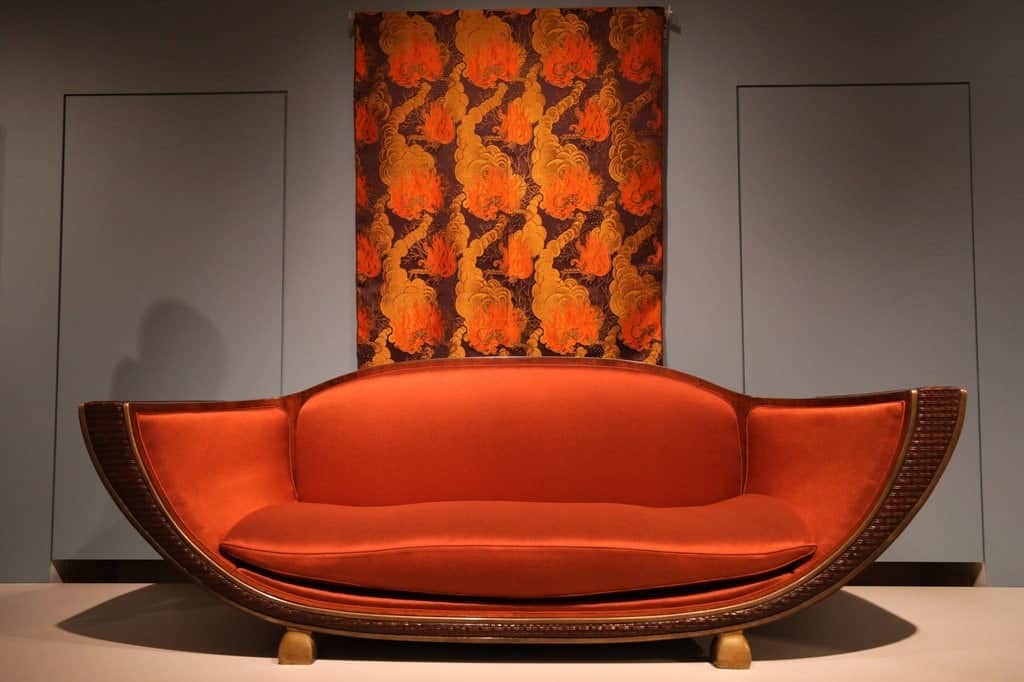
American Art Deco
Art Deco emerged as a response to Art Nouveau before the beginning of World War I. It emerged in Paris, first appearing on posters and fashion magazines.
The elegant, sensual style captured in illustrations and images from Georges Barbier and Georges Lepape embodied a more modern perspective.
American publications like Vogue, Vanity Fair, and Harper’s Bazaar were quick to catch on to the trend. Fashion tested conventional bounds, becoming more casual and suited for everyday life.
Art Deco flourished in the United States, particularly throughout the 1930s, and a distinctly American form emerged.
Despite the struggles many faced throughout Prohibition and the Great Depression, Art Deco remained immensely popular.
As in many other countries, Art Deco was a modern style that reflected a contemporary world. Nearly everywhere in the U.S., especially expanding metropolitan cities, embraced the style.
However, Los Angeles, Miami Beach, and South Beach became three places where American Art Deco found a home.
Art Deco fell out of style in Europe during the 1930s, but it thrived in America. Theatres, homes, government buildings, and even cruise ships followed the Art Deco style.
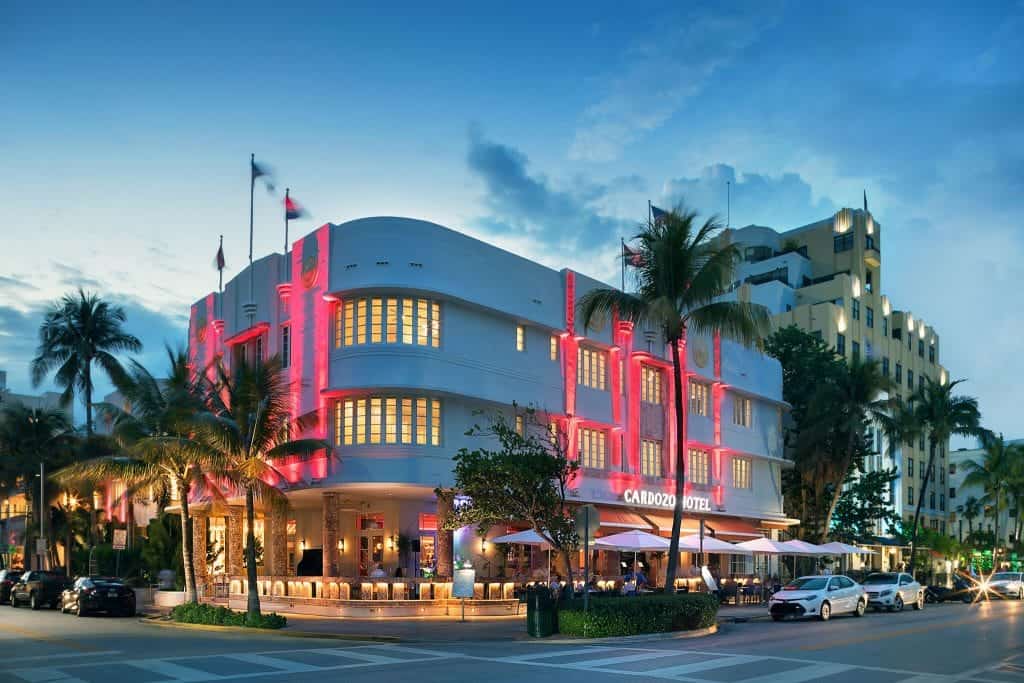
A Distinctly American Style
The development of Art Deco in America happened differently than in Europe.
When Paris hosted the Exposition Internationale in 1925, then-Secretary of Commerce Herbert Hoover declared that no Americans could present.
Hoover reasoned that the U.S. had yet to develop a “new enough” art style that was also distinctly American. So, he commissioned a group of well-known artists to attend the Exposition and apply what they saw to American design.
The result was overwhelmingly popular, and in 1926 the U.S. hosted its version of the Exposition. “A Selected Collection of Objects from the International Exposition Modern, Industrial, and Decorative Arts” exhibited across several major cities.
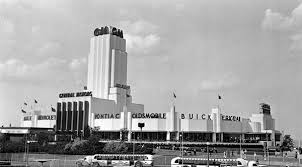
Also, designers featured American Art Deco designs at the World Fairs in Chicago (1933) and New York City (1939).
Prior to the New York Fair, corporations like General Motors and Ford built several structures and pavilions.
At the same time, circles outside of the art world started embracing it. Hollywood popularized the aesthetic, making Art Deco synonymous with glamor and luxury.
Skyscrapers, which were still relatively new concepts, often included Art Deco facades and interiors. Modern structures like the Chrysler Building, Rockefeller Center, and Empire State Building became iconic Art Deco designs.
The Great Depression
Despite the turbulence of the Great Depression, Art Deco remained extremely prevalent in many aspects of American culture.
The most severe economic challenges lasted from 1929 to 1931. Despite the cultural atmosphere (or because of it), American Art Deco developed from follower to vanguard.
This change in direction led to its second phase, which featured new characteristics that better represented the decade’s austerity.
For example, 1920s architecture centered on dramatic, vertical lines. But 1930s Art Deco buildings had graceful forms and broad archers, less adornment, and were much shorter.
President Roosevelt enacted numerous public works programs that spurred construction for many buildings and structures.
Designers wanted to instill American values in these designs. They emphasized horizontal lines and forms, echoing ordinary virtues of the time, like sturdiness, quiet dignity, and resilience.
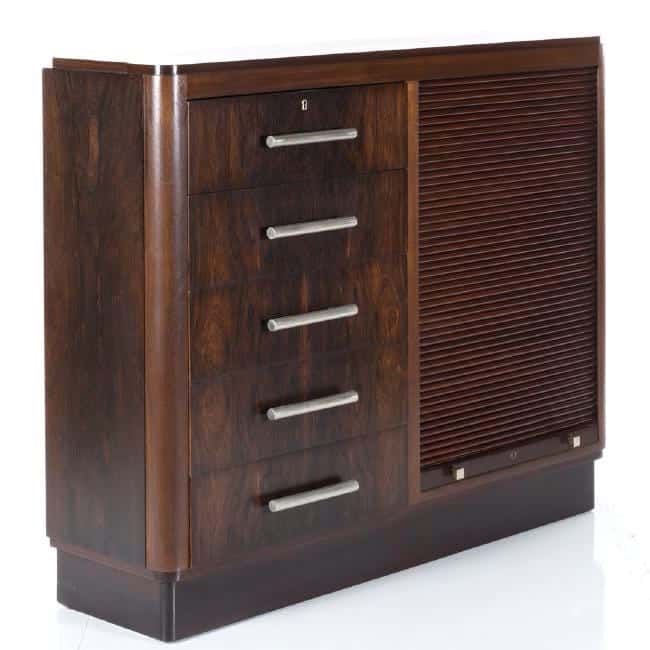
The stylistic shift at the turn of the decade became known as Streamline Moderne.
Streamline Moderne
The inspiration for the first Streamline Moderne buildings in the U.S. came from supporters of the New Objectivity movement in Germany.
Designers of both Streamline Moderne and the New Objectivity movements often incorporated the same themes and stylistic elements in their works.
Both groups shared similar, somber attitudes and placed utilitarianism over decoration. Form always followed the real-world practicality, which led to the development of new technology to make prefabricated materials.
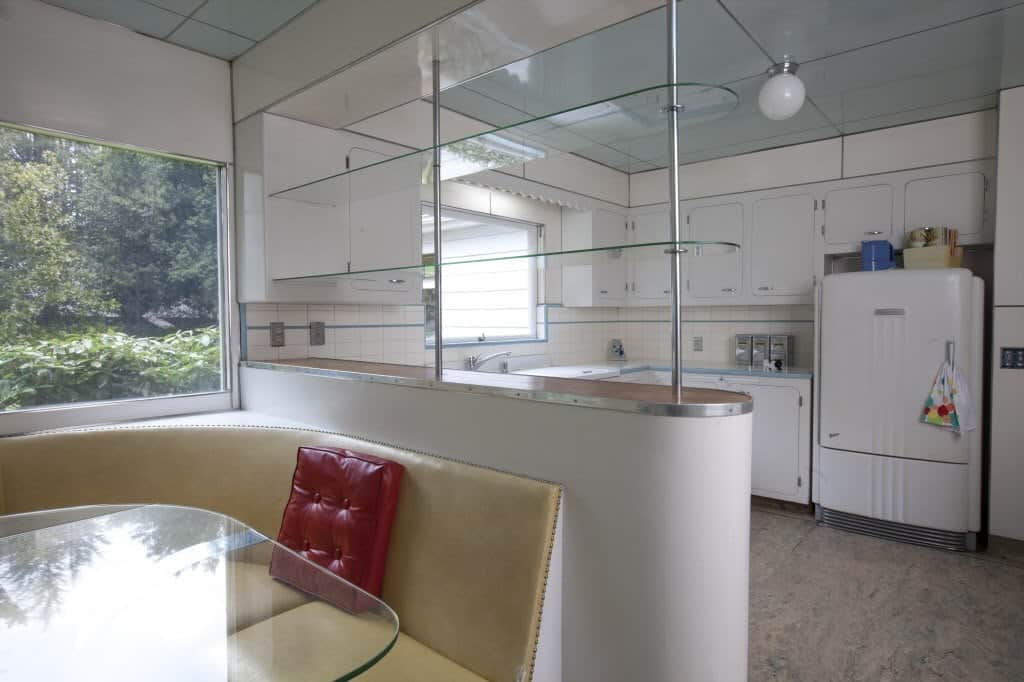
Characteristics:
- Minimal ornamentation
- Streamlined curves
- Long, horizontal lines
- Glass bricks
- Sometimes nautical and circular designs like porthole-style windows
Technology’s progression played a large part in everyday life and is evident in many decorative elements.
Since so many faced financial hardships, far fewer people could afford traditional Art Deco furniture.
Affordable manufactured pieces made with concrete, glass, and chrome hardware soon replaced expensive ones crafted from exotic materials
Color preferences evolved, too: off-white, beige, and natural tones took the place of bright 1920s Art Deco hues.
Where did “streamline” get its name?
This era witnessed an unprecedented boom in new and improved modes of transportation. Mass-produced cars, trans-Atlantic flights, zeppelins, and speedy cruise liners were on the rise.
More people were traveling than ever before. Streamline Moderne’s smooth, long lines imitated the fluidity of these modes of transportation.

Art Deco Furniture
Art Deco furniture made during the Twenties was much more expensive than those made in the Thirties.
Thanks to the assembly line, cheaper pieces were produced, and more people could purchase them.
Characteristics
Chevrons, zig-zags, and clear lines are standard Art Deco’s features, but it has several other components as well.
Metallic, neutral, and vivid colors (like machines) were standard. In particular, black and white, silver, gold, metallic blue, dark gray, and platinum were used often.
Inlaid wood and reflective polishes gave Art Deco furniture and lighting fixtures highly lustrous and glossy finishes.
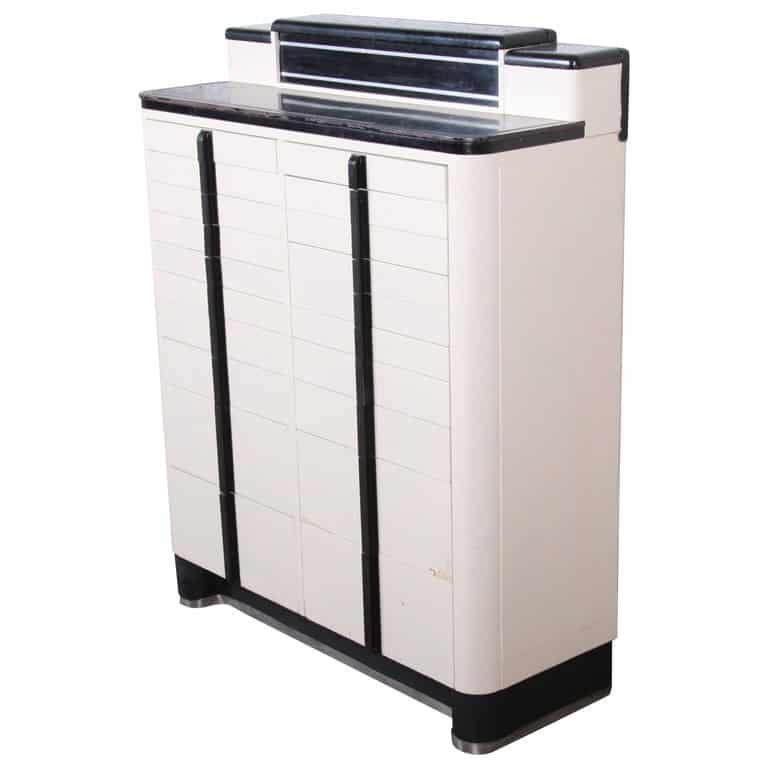
Significant influences of American Art Deco, specifically in Mami, were pre-Columbian societies like the Aztec and Maya. Many designers used decorative themes from:
- Art Nouveau
- Bauhaus
- Cubism
- Native Americans
- Egyptians
- Classic antiquity
Additionally, naked women, animals, foliage, and sunbeams became quintessential Art Deco motifs.
Materials
1920s Art Deco furniture was more expensive because of luxurious materials like ivory, mahogany, and animal skins.
Often, interiors combined old and new elements, such as varnished wood and black veneer with silk and furs. In Art Deco’s second phase, manufacturing swelled, which made building materials cheaper.
Materials used to make Art Deco furniture were as useful and practical as the piece’s function. Stronger, metallic materials glorified the Machine Age, indicated a modern era after WWI. For example, chrome replaced gold finishes, Bakelite replaced mother-of-pearl, and concrete replaced marble surfaces.
Other materials included plastic, glass, stainless steel, mirrors, and aluminum. However, designers still used luxurious materials like ivory, horn, and zebra skin for more elegant designs.
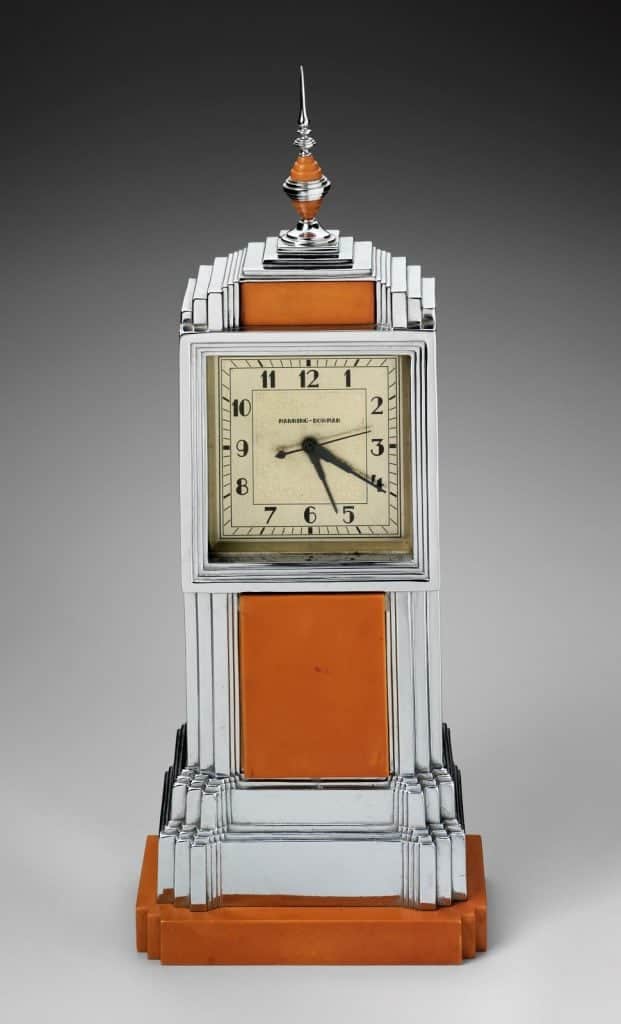
Waterfall Furniture
Waterfall furniture debuted at the Paris Colonial Exposition in 1931 and was soon picked up by manufacturers in the U.S.
Initially created for bedroom sets and the mass market during the Thirties and Forties, waterfall furniture is now synonymous with Art Deco furniture.
All surfaces have sharp, rounded drops, mimicking a running waterfall, and were treated with a blonde veneer or walnut polish.
Pricier pieces had drawer faces with unique patterns, such as decorative crossbanding and book-matched panels.
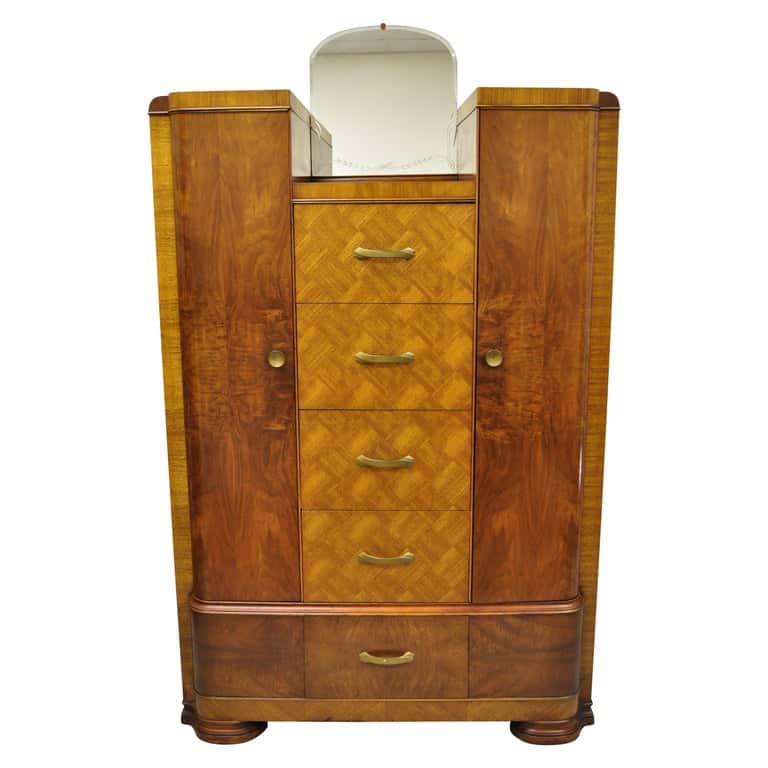
Hardware was made from Bakelite and brass, and some vanities had illuminated or frosted panels. It was not uncommon for Waterfall-style vanities and desks to have an oversized mirror with engraved trim.
Plywood was a common material used to make waterfall furniture. In more elegant pieces, the corners were rounded entirely.
In addition to plywood, designers also used imported woods, such as blonde-colored Carpathian elm and golden padouk.
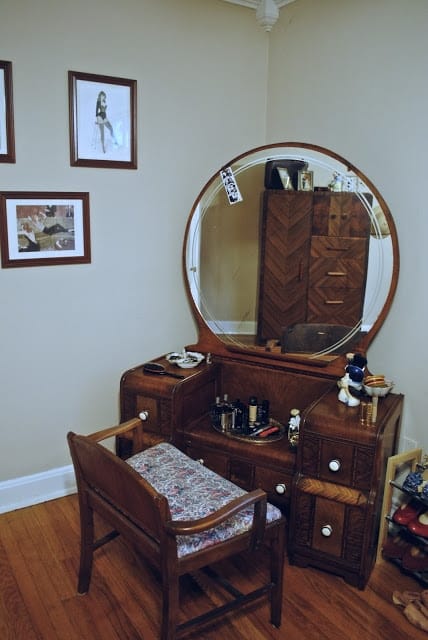
Influential Designers
Paul T. Frankl (1886 – 1958)
When Paul T. Frankl moved to New York City in 1914, his goal was to create a distinctly American style.
He began his career as an architect but later became a painter and furniture designer. After WWI, Frankl and others laid the foundation for American modernism.
Frankl created the skyscraper style in the 1920s, eventually shifting to metal furnishings the following decade. He established the Skyscraper Furniture company, which later became a hub for American modernist ideas.
In the 1930s, Frankl designed comfortable, informal pieces for Hollywood socialites. He was also one of the first to use biomorphic designs and cork veneer. By the 1950s, Frankl was a significant manufacturer of mass-produced furniture.
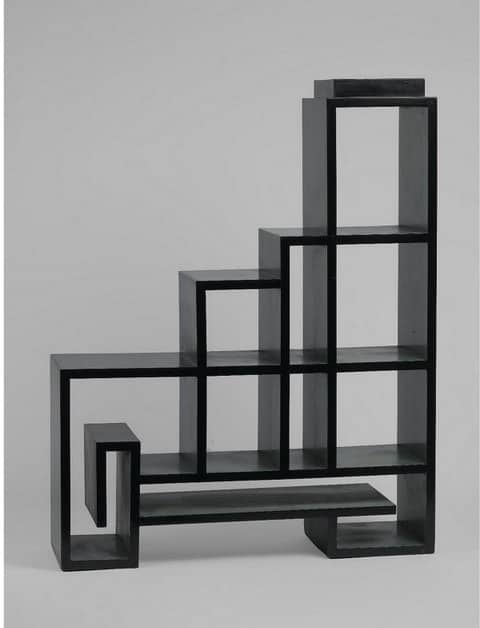
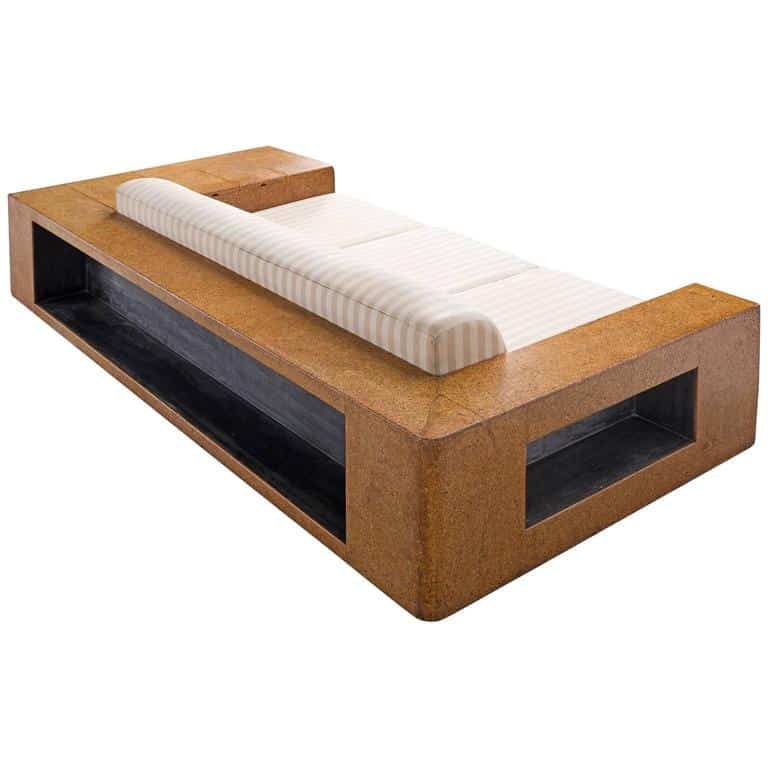
Donald Deskey (1894 – 1989)
Donald Deskey is considered a master of the late Art Deco style and a leading modern designer.
Deskey contributed significantly to Art Deco, mainly as it evolved into Streamline Moderne. He also invented the decorative plywood technique used to make waterfall furniture and designed the interior of Radio City Music Hall.
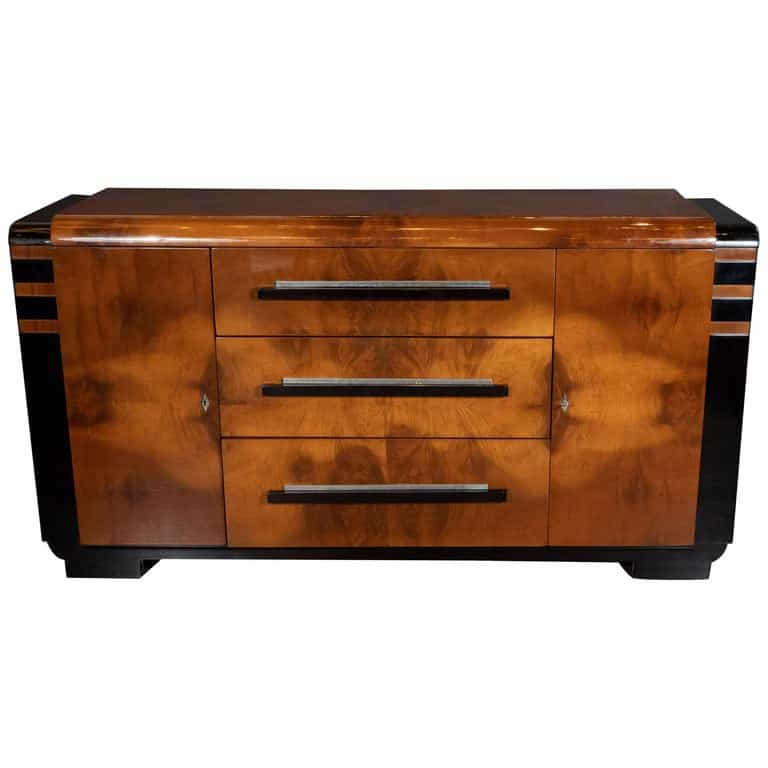
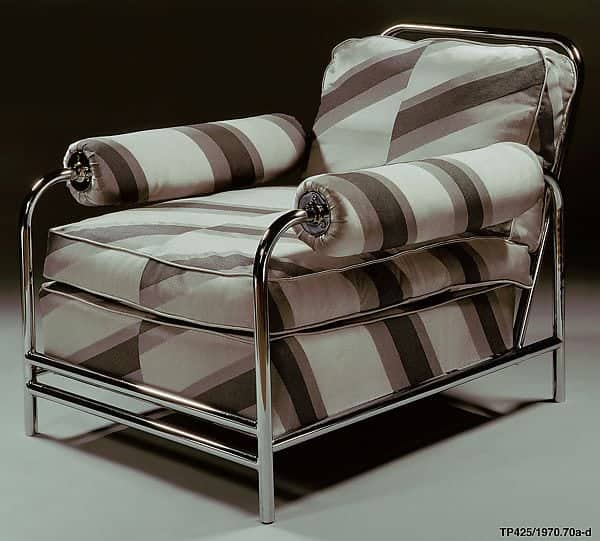
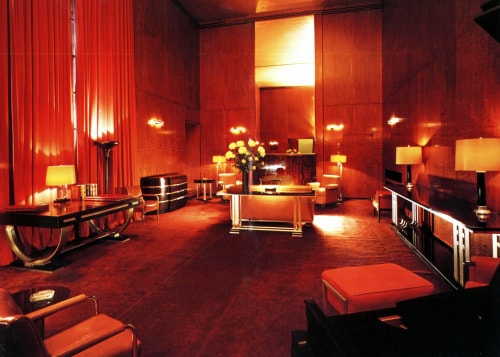
Art Deco in the 21st Century
Art Deco’s influence is still evident 100 years later. Its distinguishing characteristics are easily recognizable in many objects. These elements provide an extra touch of luxury and glamour, two things that never go out of style.
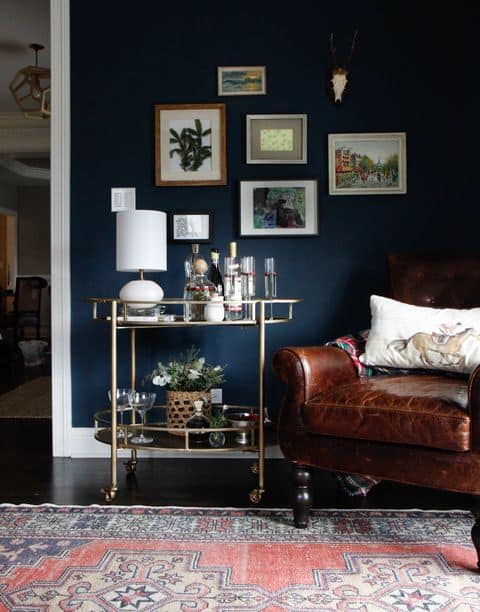
Styylish
Check out the Shop and find the perfect antique furniture that will make your house feel more like home.
For more antique furniture history, stylish design tips, and more, check out the Blog!

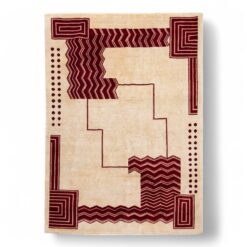
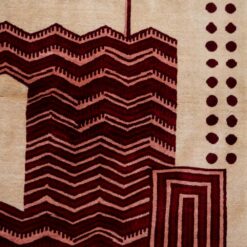
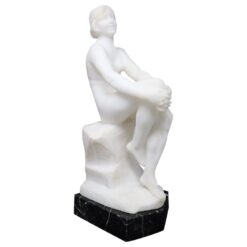
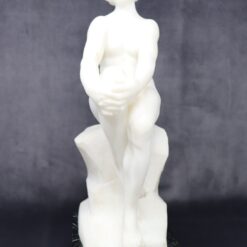
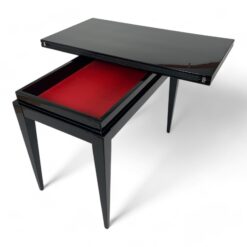

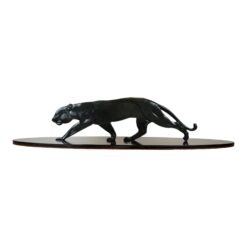
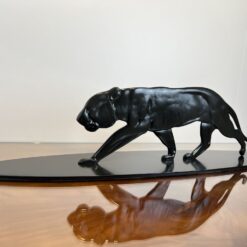
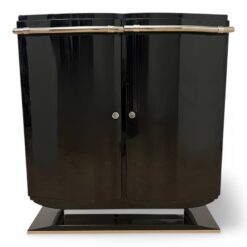
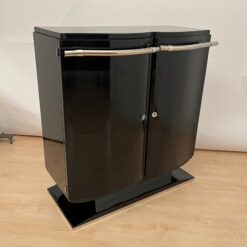
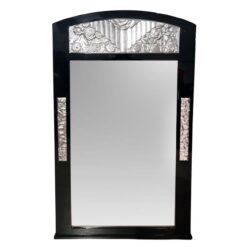
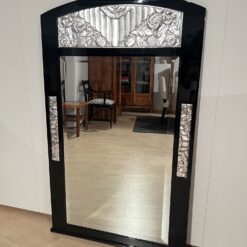


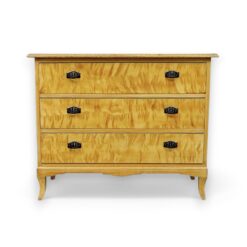



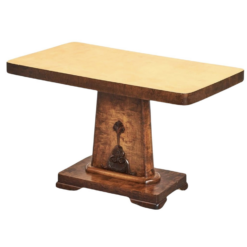
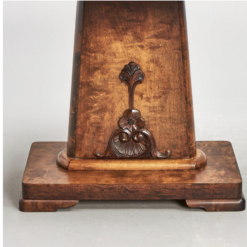
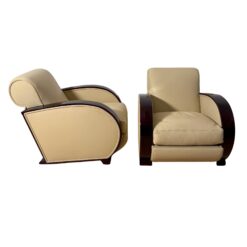
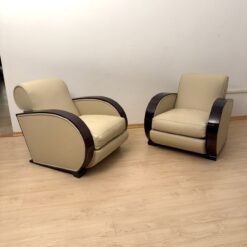
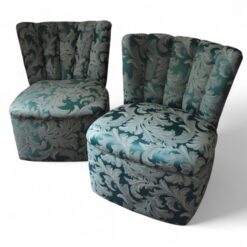
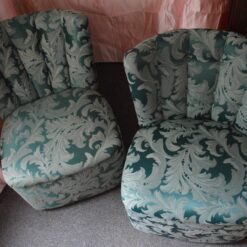
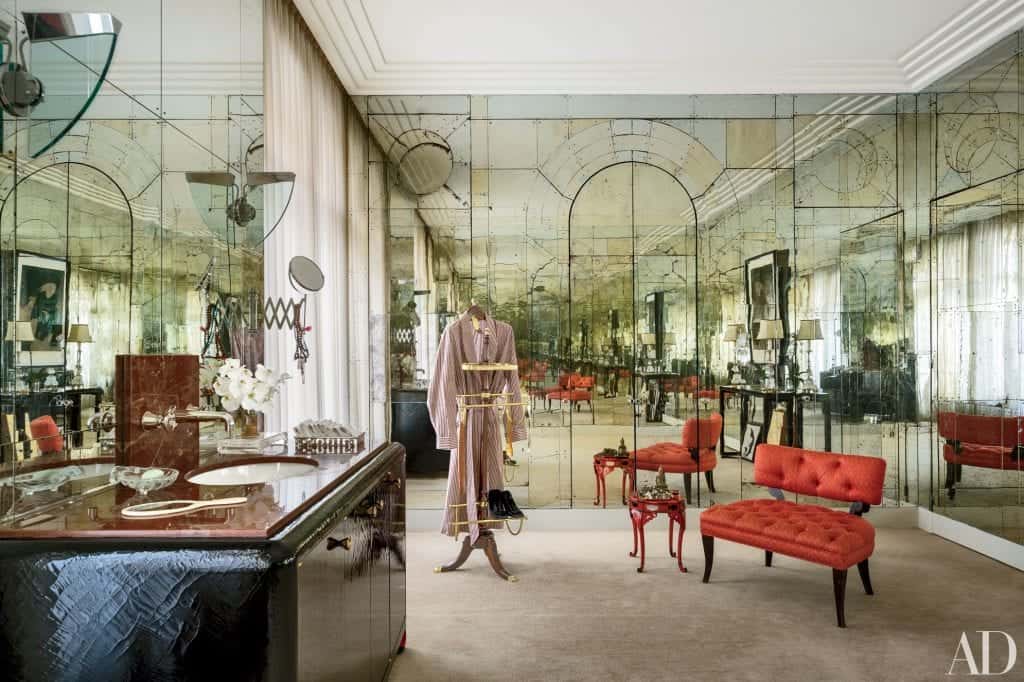
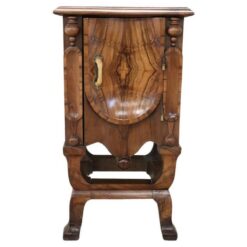
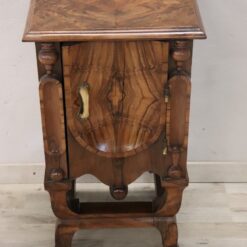

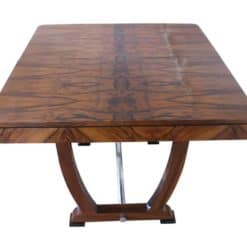
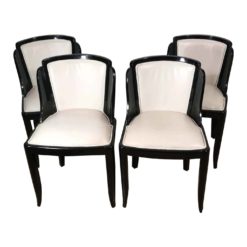
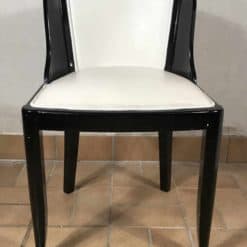
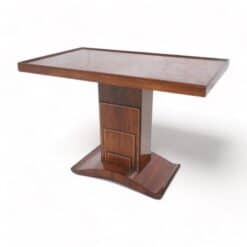
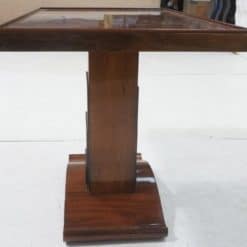
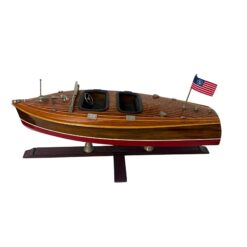
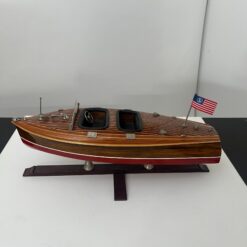

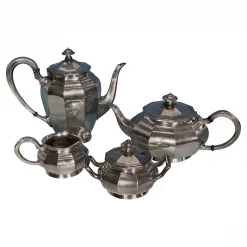
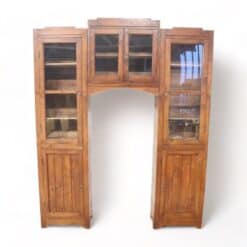
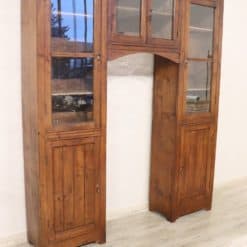
Outstanding!!
Thank you for your comment!
Fantastico!